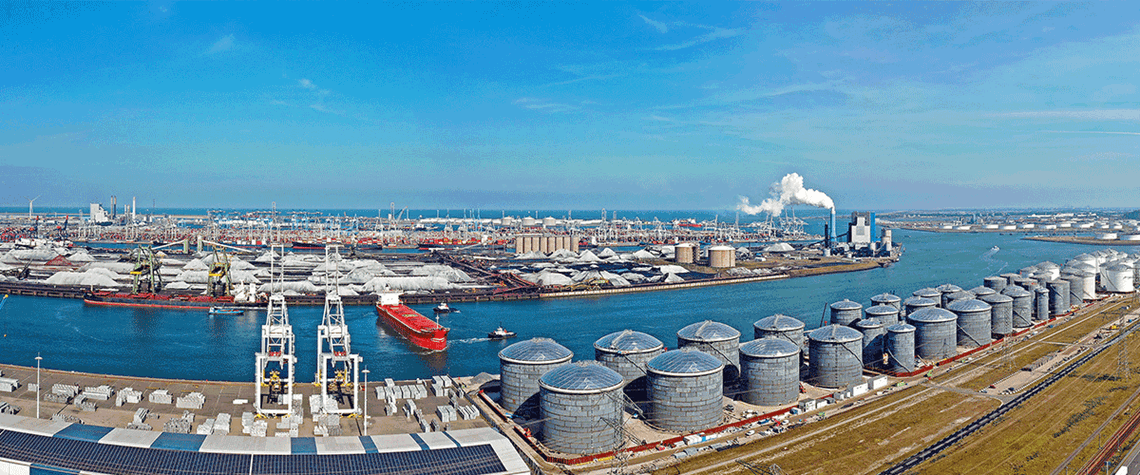Ukraine fallout continues to support tanker freight rates
Freight rates for clean tankers—the specialist vessels that transport refined petroleum products—reached multi-year highs in 2022 and are likely to remain strong going into 2023
Clean freight rates saw “multi-year highs this summer… [that] remained elevated through November, driven largely by the effects of Russia’s full-scale invasion of Ukraine”, according to the EIA. Rates for the medium-range (MR) class of clean tankers—the most ubiquitous of product-transporting vessels—even topped those logged early in the pandemic, when the global slump in demand for refined products caused a spike in requirements for tankers to act as floating storage, the EIA states. Tanker freight rates are clustered around common shipping routes, which serve as indicators or even benchmarks for the cost of shipping more generally. "Since February 2022,” rates for voyages involving Russian

Also in this section
12 December 2025
The latest edition of our annual Outlook publication, titled 'The shape of energy to come: Creating unique pathways and managing shifting alliances', is available now
12 December 2025
The federal government is working with Alberta to improve the country’s access to Asian markets and reduce dependence on the US, but there are challenges to their plans
11 December 2025
The removal of the ban on oil and gas exploration and an overhaul of the system sends all the right messages for energy security, affordability and sustainability
10 December 2025
The economic and environmental cost of the seven-year exploration ban will be felt long after its removal







